Machine Learning algorithms for the Belle II experiment and their validation on Belle data
Thomas Keck (contact@tkeck.de)
KIT
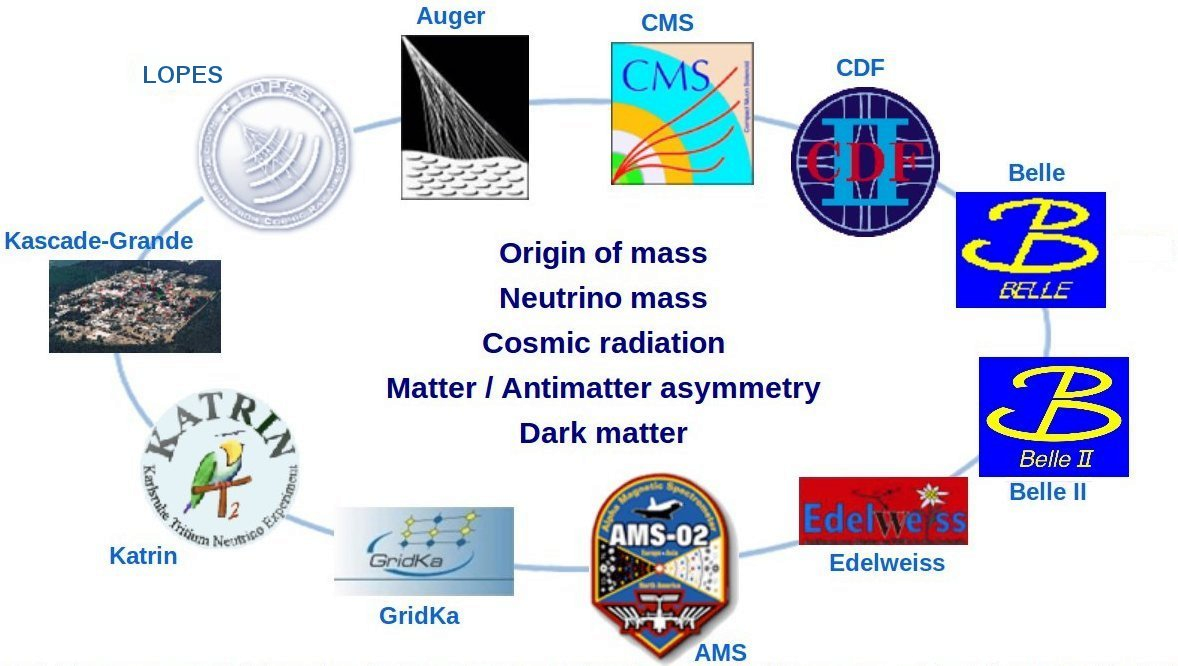
KIT
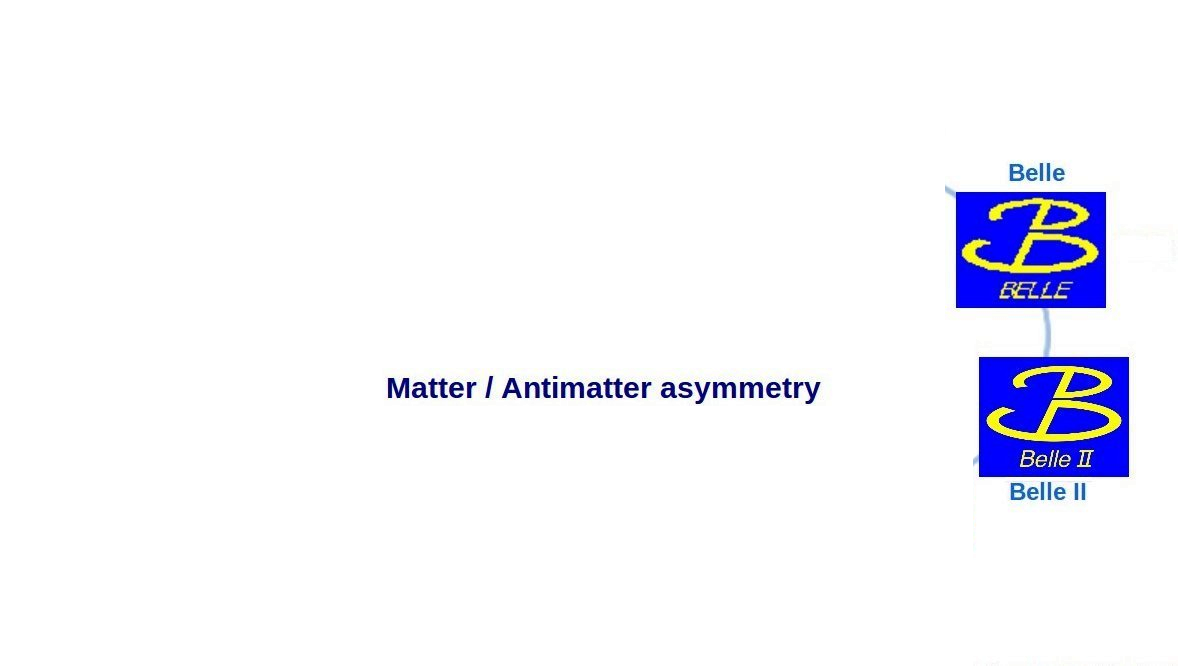
SuperKEKB
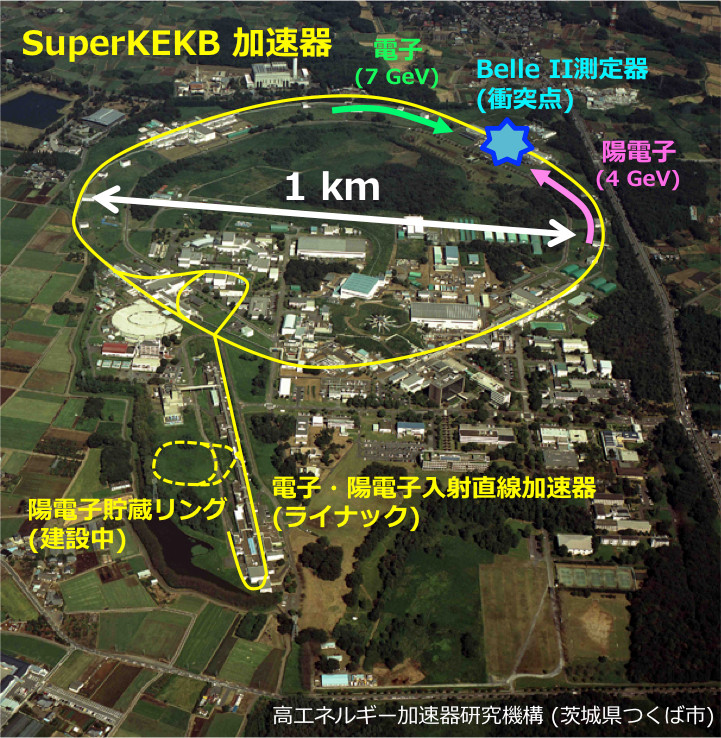
SuperKEKB / Belle II
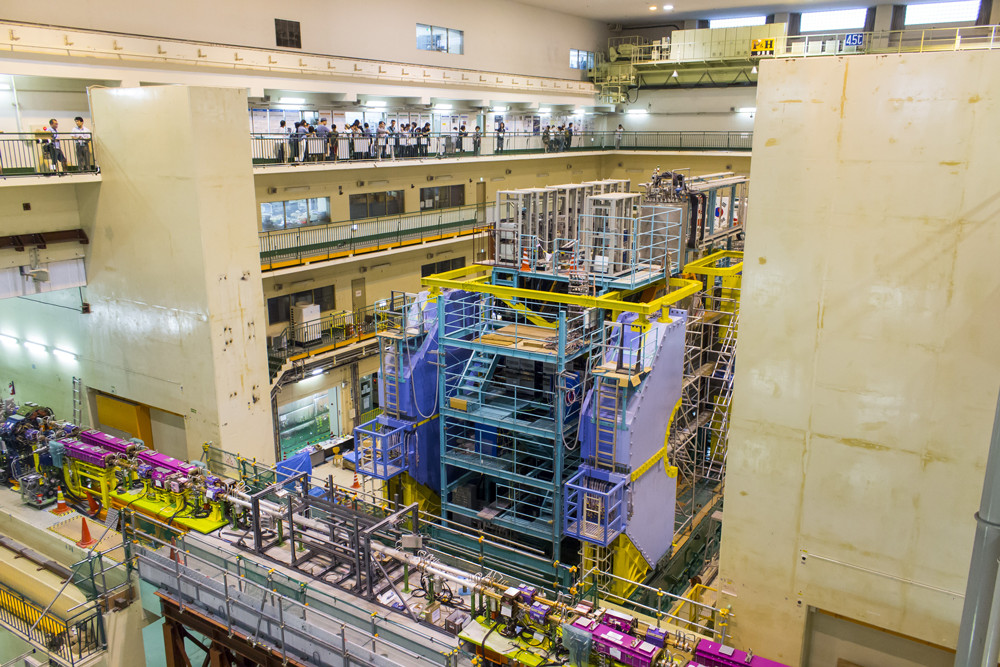
Belle II
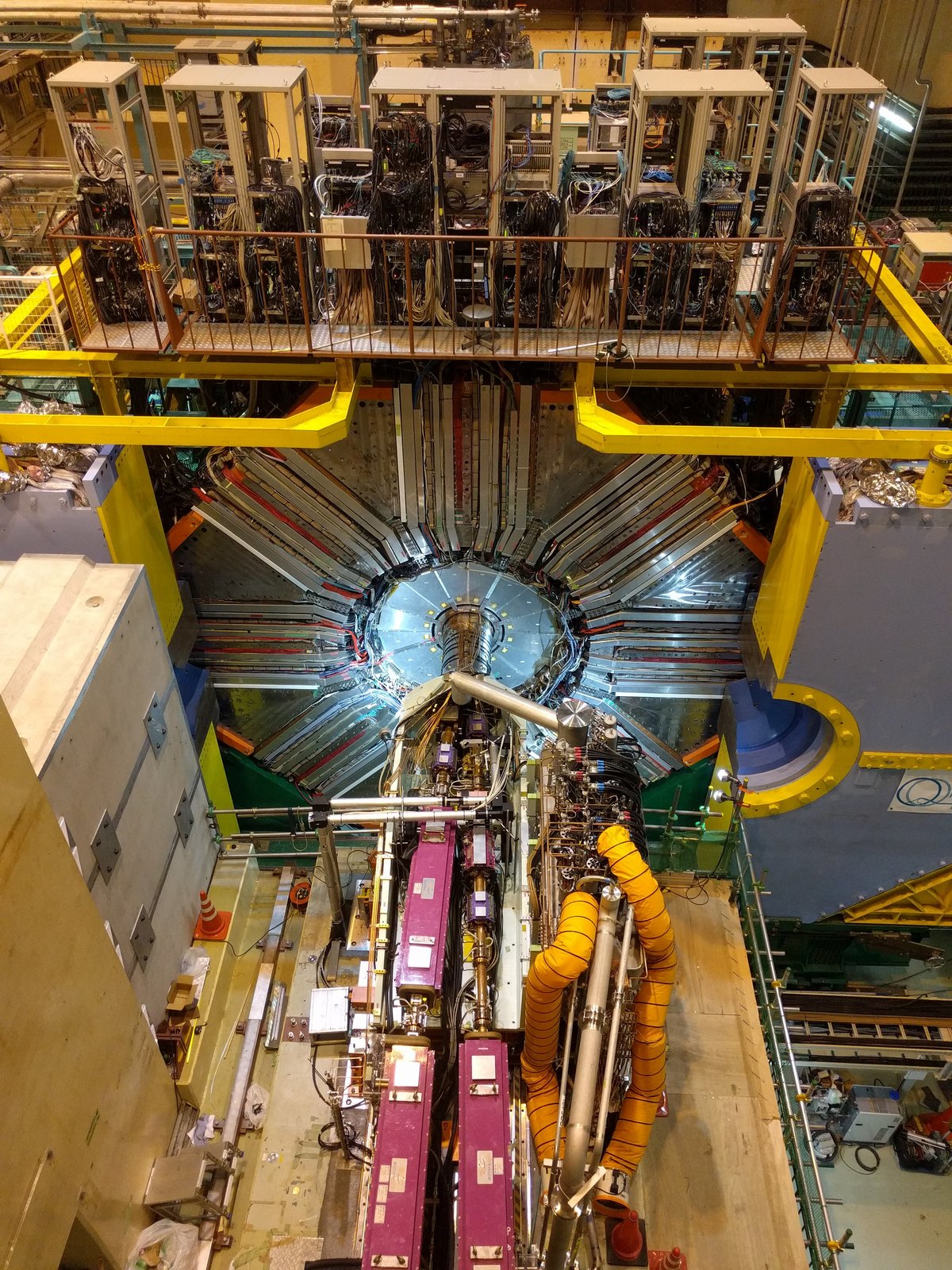
Belle II
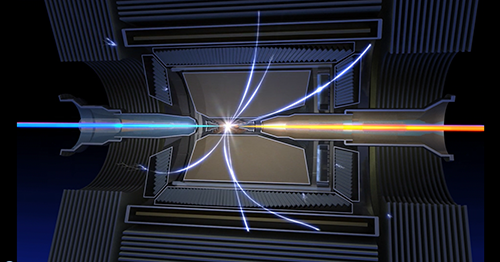
First Collisions at Belle II (26.05.2018)
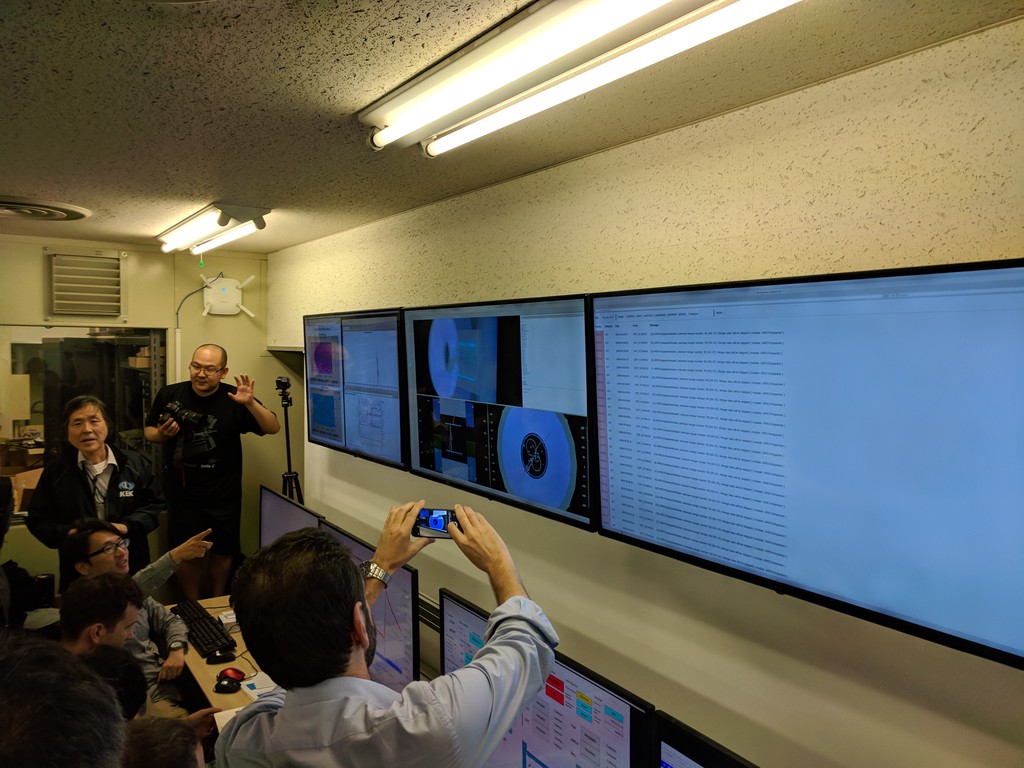
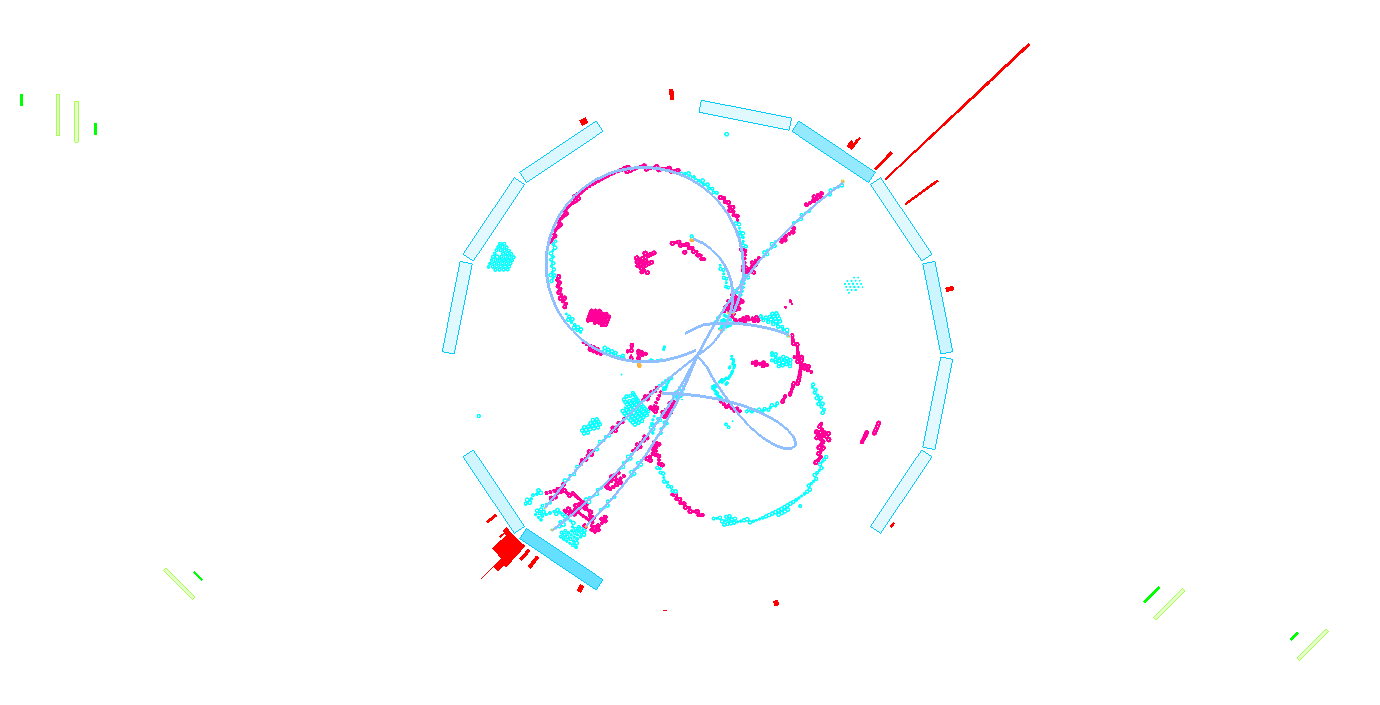
B Mesonen
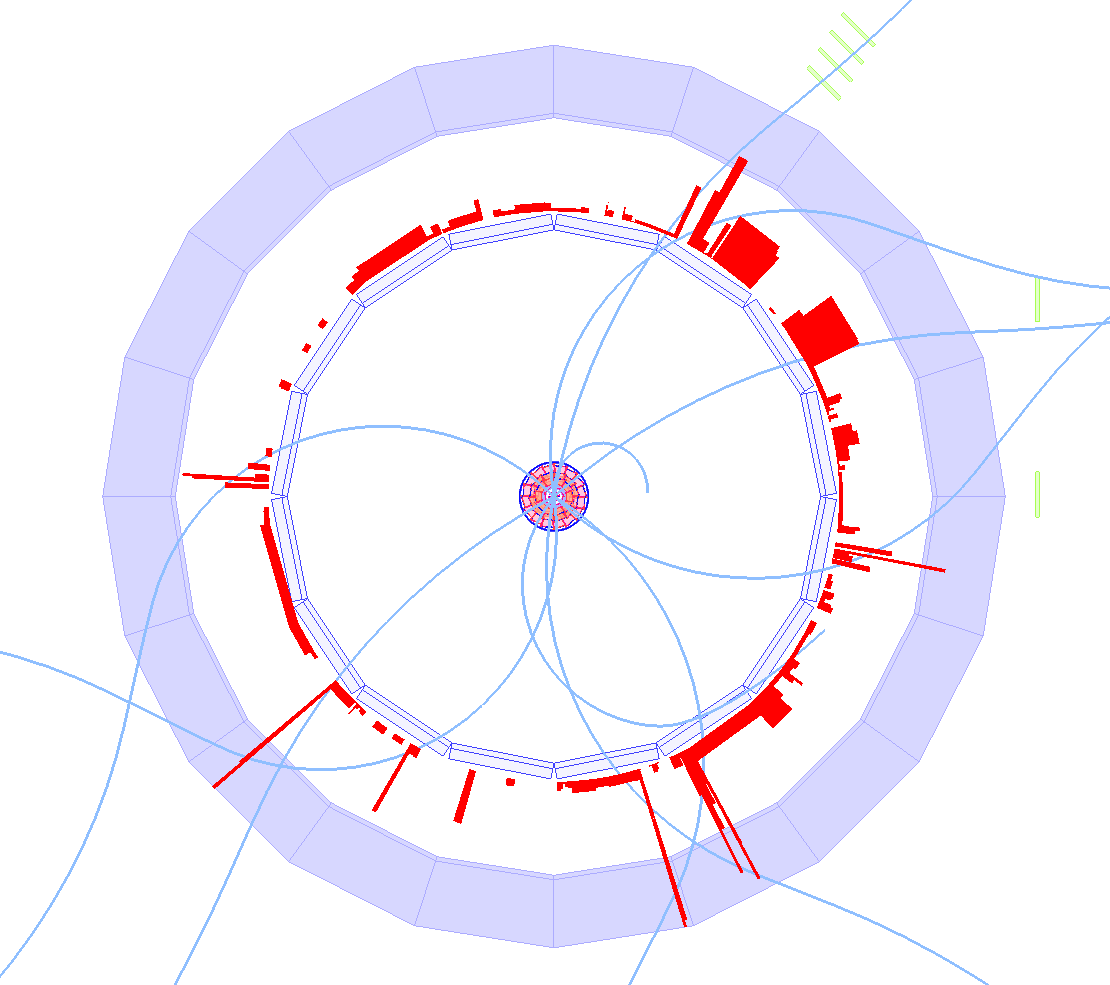
B Meson Decay
B Meson
Simple Analogy: Uranium
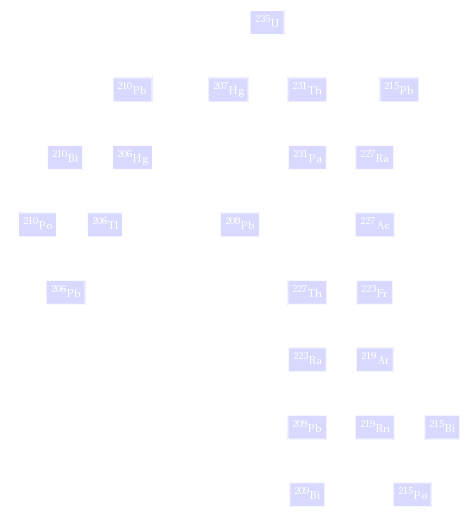
Machine Learning at Belle II
Data Acquisition

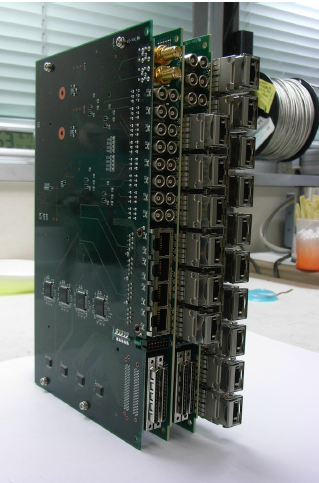
Event Reconstruction
Data Analysis
Full Event Interpretation
Idea
Each event contains exactly two B Mesons
$$ \Upsilon(\mathrm{4S}) \rightarrow \mathrm{B} \bar{\mathrm{B}} $$
Idea
Automatically reconstruct one out of the two B Mesons
$$ \mathrm{B}^- \rightarrow \mathrm{D^{0\star}} \mathrm{D}^- \mathrm{K}^0_\mathrm{s} \rightarrow \dots \rightarrow 2 \mathrm{K}\ 7 \pi\ 4 \gamma$$
Over 10000 possible chains are considered!
Idea
Rest of Event is another B meson!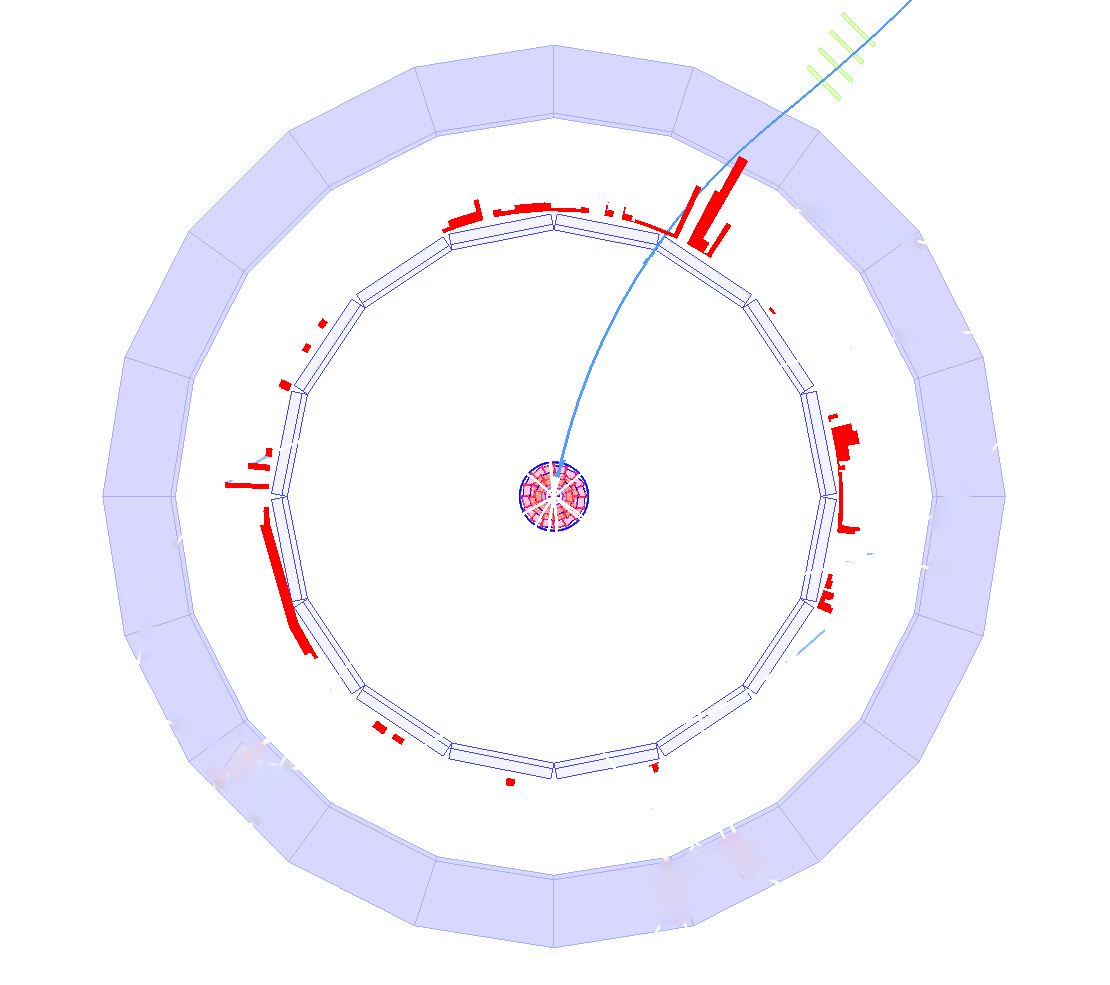
$$ \mathrm{B}^+ \rightarrow \tau^+ \nu \rightarrow \mu^+ \nu \nu \nu $$
Rare decay, only accessible at a B factory!
Hierarchical Reconstruction
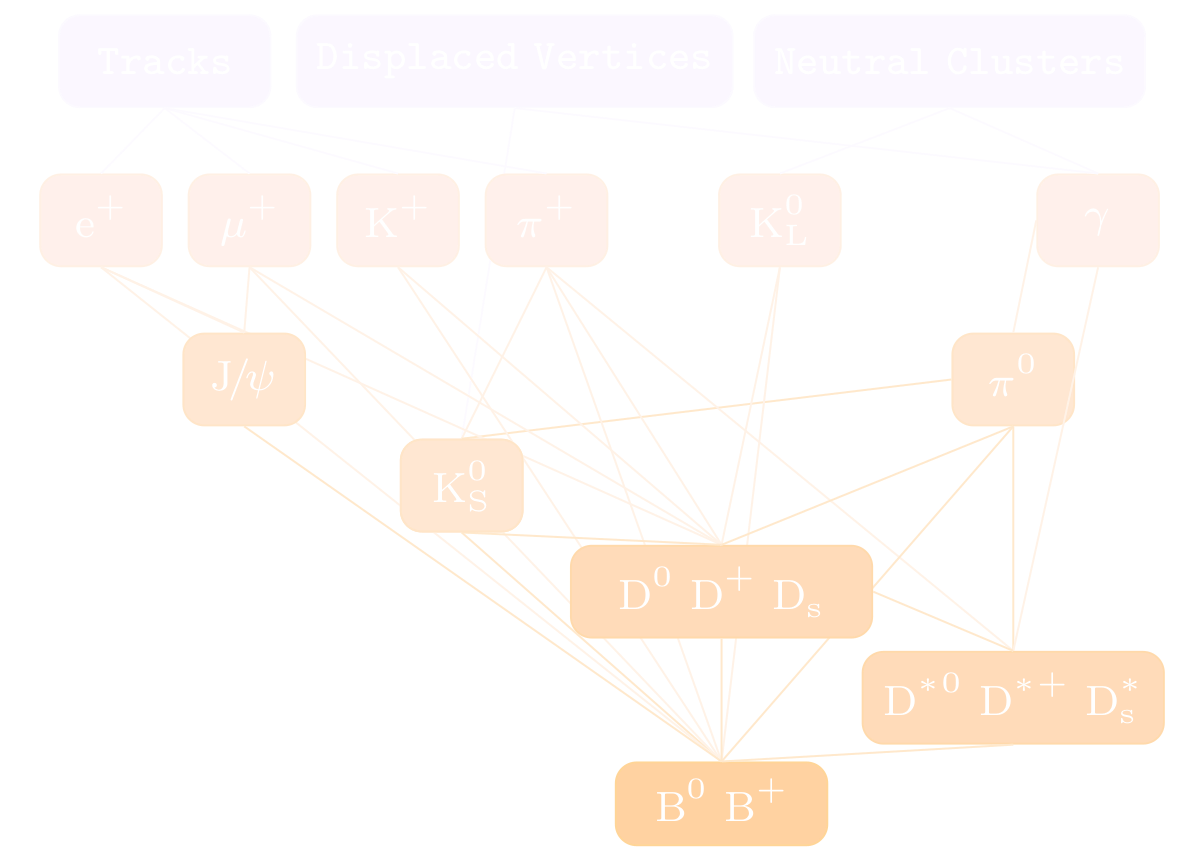
One BDT for each decay-channel $\rightarrow$ Currently $177$ BDTs
Simple Analogy: Image Recognition
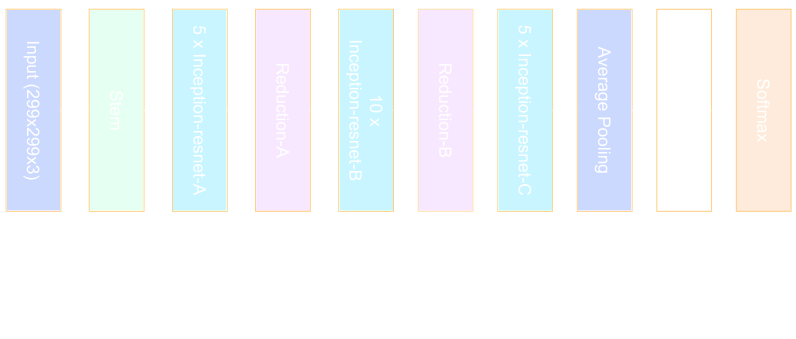
Pixels
Objects
Simple Analogy: Image Recognition

Data
Decays

Probability 0.8
Tracks (1, 4, 6, ...) and Clusters (3, 5, 10, ...)
$ \mathrm{B}^- \rightarrow \mathrm{D^{0\star}} \mathrm{D}^- \mathrm{K}^0_\mathrm{s} \rightarrow \dots \rightarrow 2 \mathrm{K}\ 7 \pi\ 4 \gamma $
$ \mathrm{B}^- \rightarrow \mathrm{D^{0\star}} \mathrm{D}^- \mathrm{K}^0_\mathrm{s} \rightarrow \dots \rightarrow 2 \mathrm{K}\ 7 \pi\ 4 \gamma $
Probability 0.6
Tracks (2, 4, 7, ...) and Clusters (4, 5, 6, ...)
$ \mathrm{B}^- \rightarrow \mathrm{D^0} \pi^+ \pi^- \pi^- \rightarrow \dots \rightarrow 1 \mathrm{K}\ 4 \pi\ 2 \gamma$
$ \mathrm{B}^- \rightarrow \mathrm{D^0} \pi^+ \pi^- \pi^- \rightarrow \dots \rightarrow 1 \mathrm{K}\ 4 \pi\ 2 \gamma$
$\dots$
Result
Runtime: FastBDT
Inference
Custom BDT implementation: fast, robust, HEP-specific features
Runtime: FastBDT
Fitting
Custom BDT implementation is (originally) one order of magnitude faster
$\rightarrow$ efficient caching and equal-frequency binning
Deep Learning in HEP
Data Driven Algorithms
- Train classifier on simulated events
- Apply classifier to recorded events
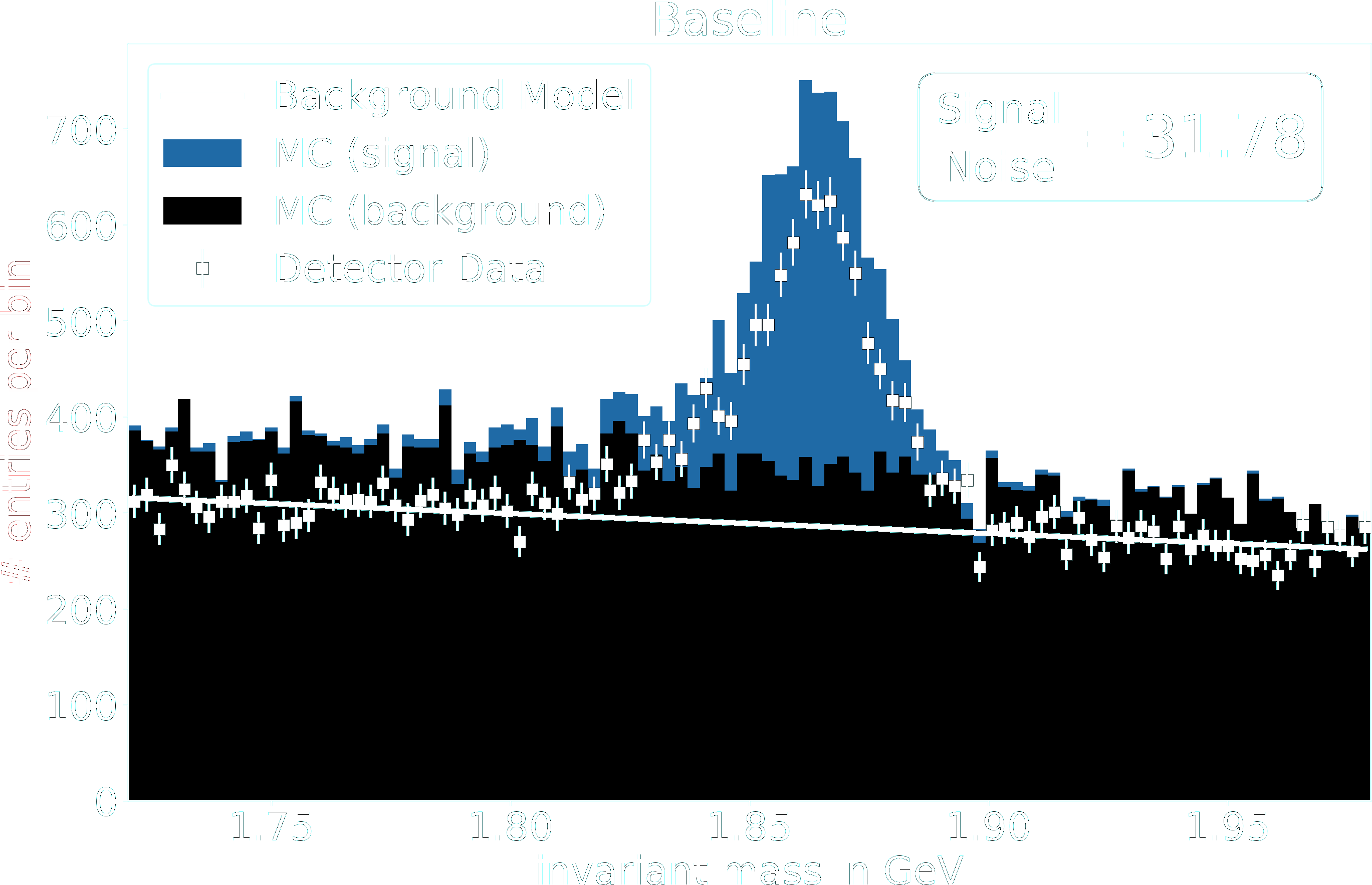
Simulated Events and Recorded Events are NOT compatible
Data Driven Algorithms
- Train classifier A: recorded vs. simulated events
- Apply classifier A to simulated events
- Reweight simulated events: $ w = \frac{p}{1-p} $
- Train classifier B: simulated signal vs. background events
- Apply classifier B to recorded events
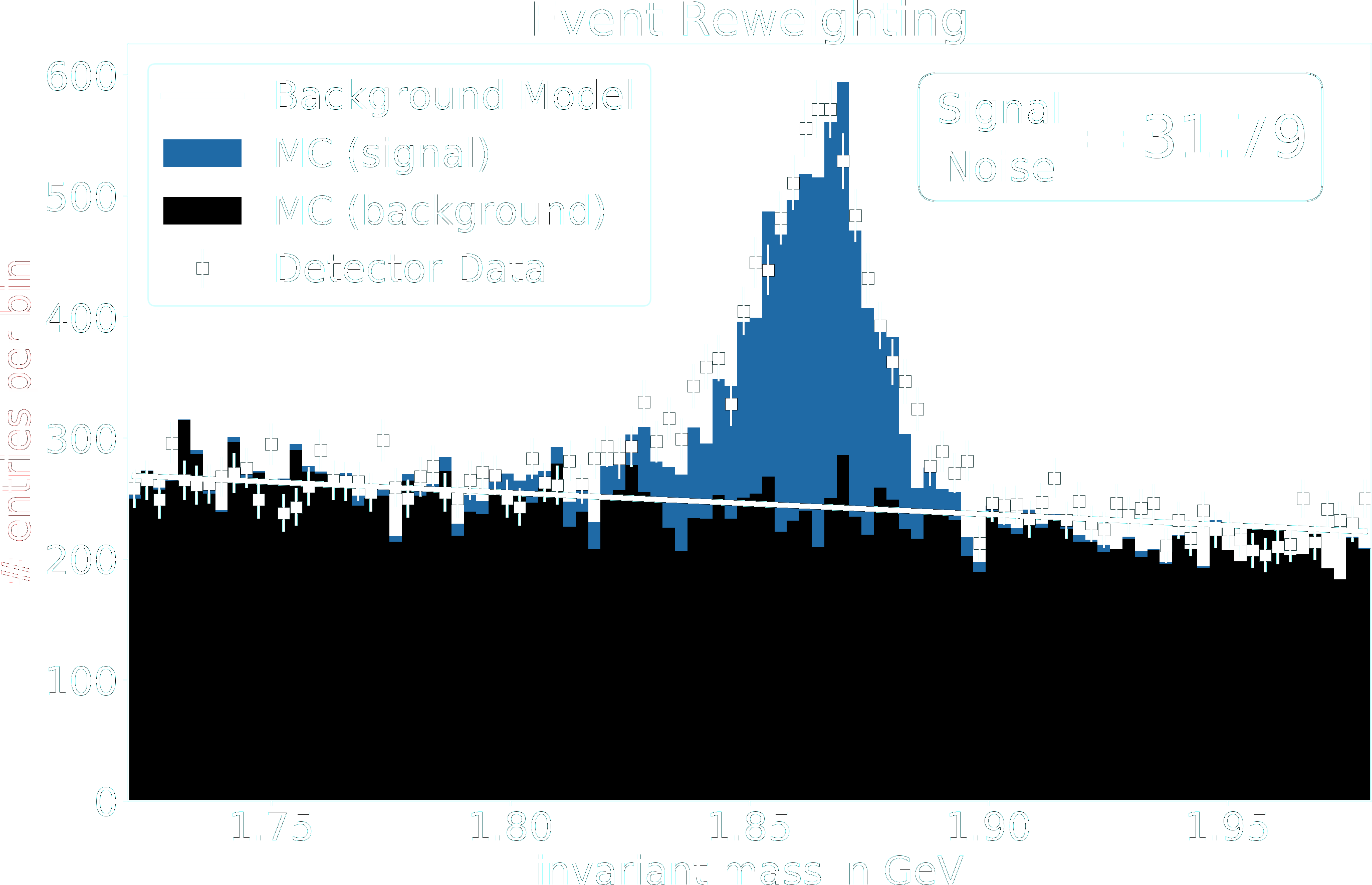
Uniformity Constraints
- Train classifier using low-level features
- Apply classifier to increase signal-to-noise ratio
- Measure the resonance sub-structure
Resonance Substructure
![]()

Selection Efficiency
![]()
Feature Correlation Matrix
![]()
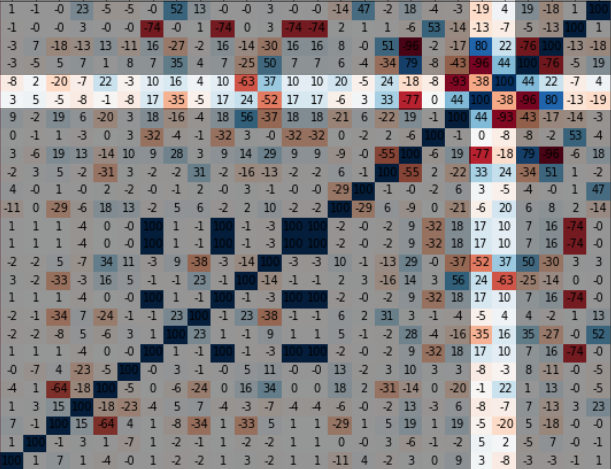
Non-uniform selection efficiency creates artificial signals!
Adversarial Networks


Adversarial Networks
Questions and Answers

References
- PhD Thesis Thomas Keck
- Master Thesis Jochen Gemmler
- An automated framework for hierarchical reconstruction of B mesons at the Belle II experiment (C. Pulvermacher, T. Keck et al.)
- FastBDT: A Speed-Optimized Multivariate Classification Algorithm for the Belle II Experiment (T. Keck)
- Advanced event reweighting using multivariate analysis (D. Martschei et al.)
- Learning to Pivot (G. Louppe et al.)
- Practical Bayesian Optimization of Machine Learning Algorithms (J. Snoek et al.)
FastBDT
Efficient caching (spatial, temporal)
![]()

Equal-frequency binning
![]()
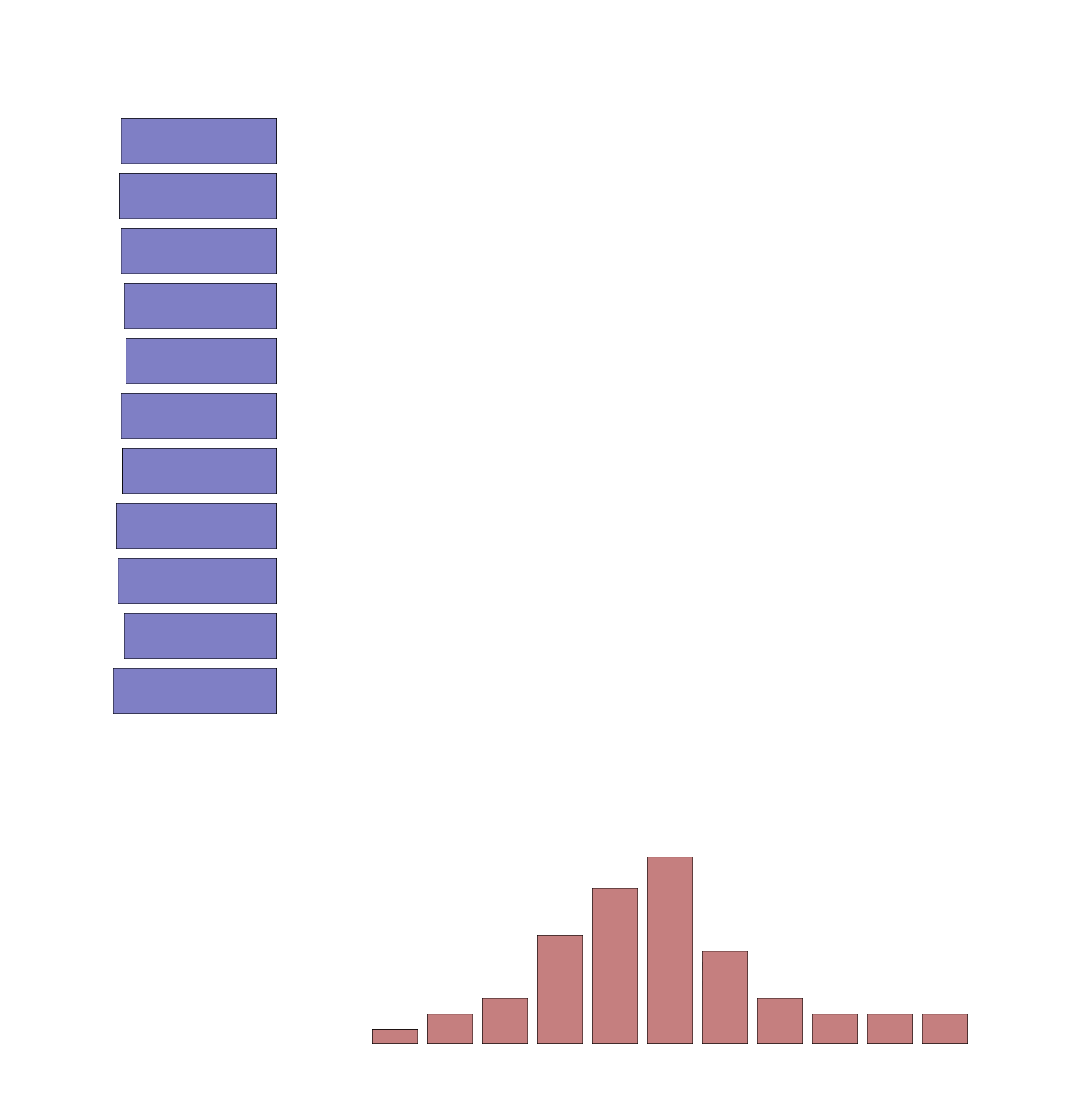
Runtime: FastFit
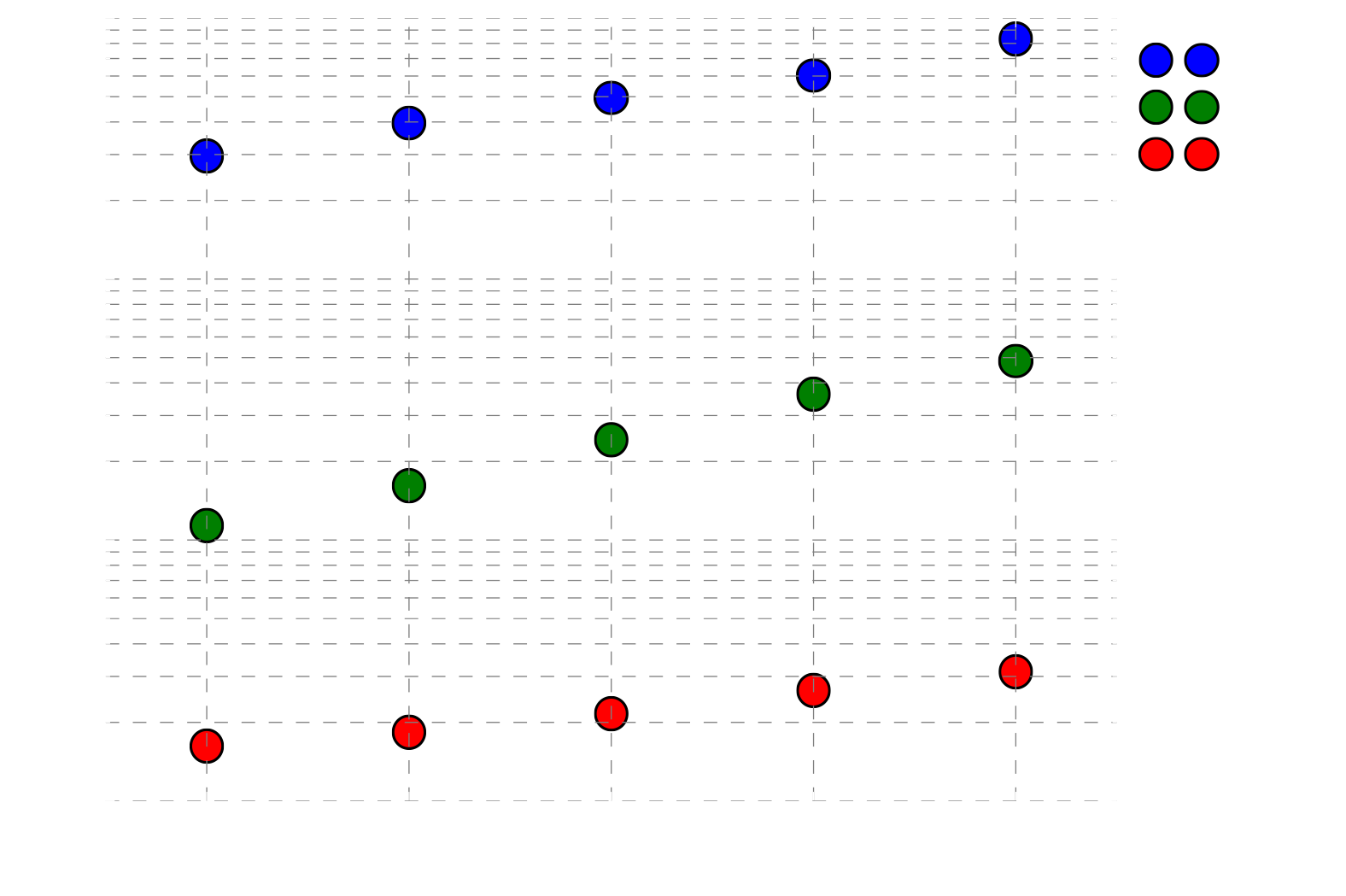
Neuro Z Trigger

- Virtex 6 vhx380 FPGA on Custom Board
- Identifies tracks originating in the interaction region
- 280 nano-seconds per decision
Traditional Flavour Tagger
Deep Flavour Tagger

SuperKEKB
